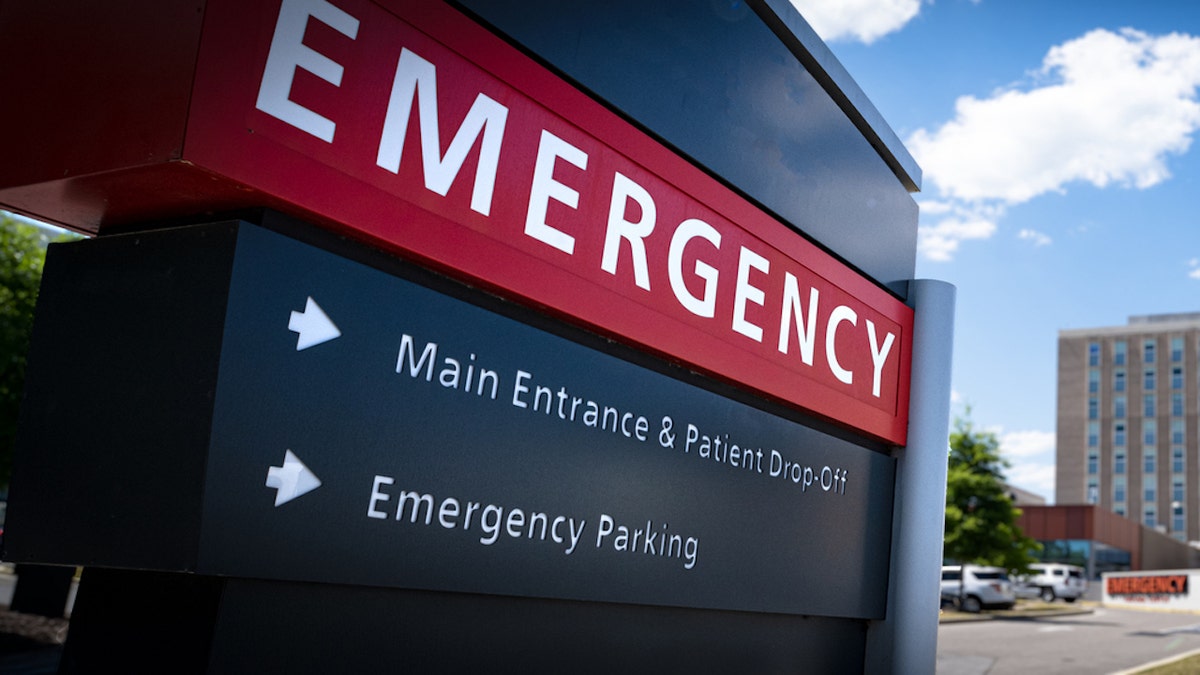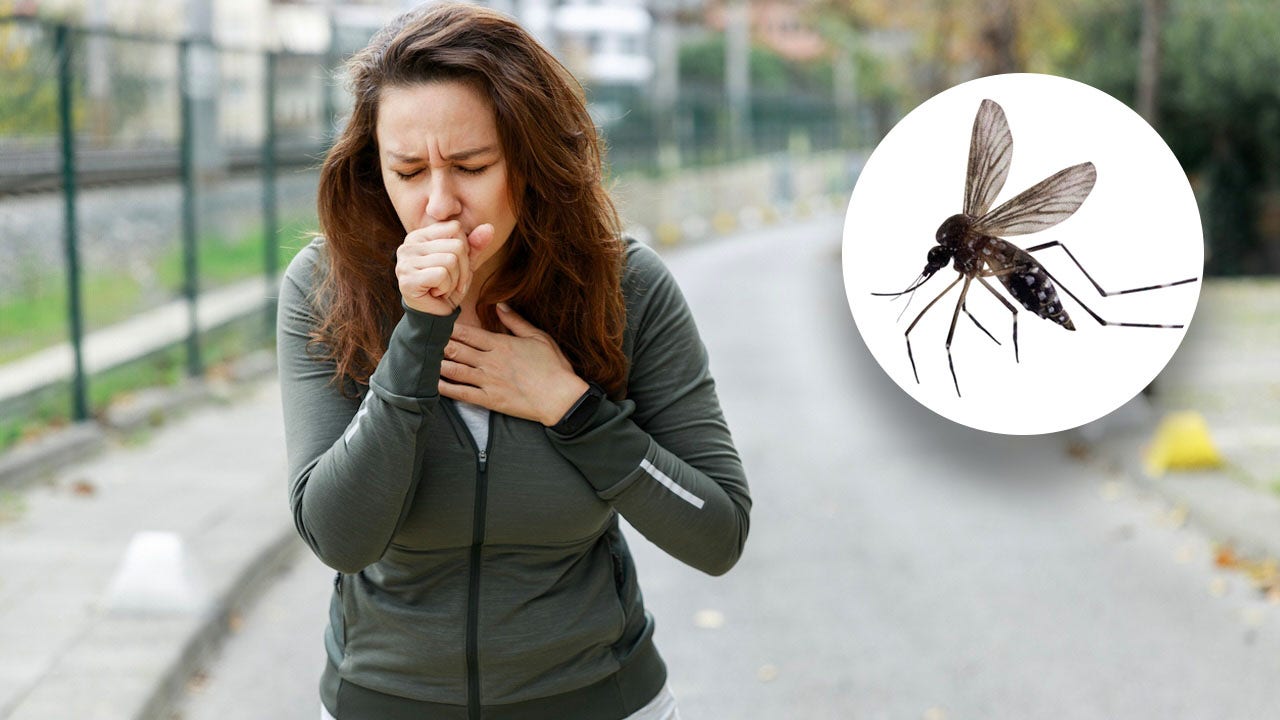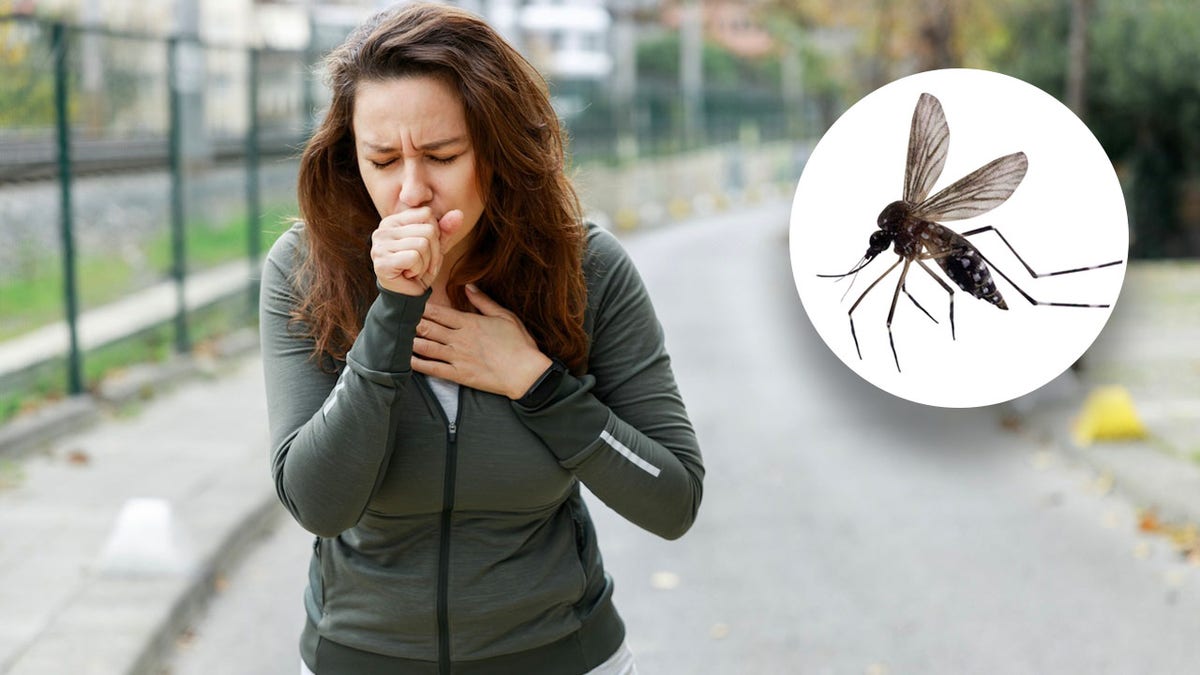Health
Half of Americans not equipped to provide life-saving treatment in a crisis, poll finds

Only half the people in the U.S. feel they could be helpful in an emergency situation, a new poll found.
The Ohio State University Wexner Medical Center surveyed a national sample of 1,005 Americans, finding that only 51% of them knew how to perform hands-only CPR if needed.
In cases of serious bleeding, only 49% said they could assist, and 56% said they would be equipped to help someone who was choking.
The data was collected via phone and email from April 5 to April 7 of this year.
KIDS AS YOUNG AS 4 YEARS OLD CAN BEGIN TO LEARN MEDICAL EMERGENCY TRAINING: NEW REPORT
“The key takeaways from our survey are that patient outcomes would improve if the general public learned some basic life-saving measures in the areas of hands-only CPR, choking rescue and bleeding control,” Nicholas Kman, M.D., emergency medicine physician at Ohio State Wexner Medical Center and clinical professor of emergency medicine at The Ohio State University College of Medicine, told Fox News Digital.
“We can save lives while we wait for first responders to arrive.”
Only half the people in the U.S. feel they could be helpful in an emergency situation, a new poll has found. (iStock)
“For every minute that passes, the chance of survival drops, and if they do survive, there’s less chance of a good neurologic outcome.”
Data shows that 70% to 80% of cardiac arrests occur in the home and 20% happen in a public place, according to Kman.
HELP DESPERATELY NEEDED: AMERICAN HEART ASSOCIATION LAUNCHES ‘NATION OF LIFESAVERS’ PROGRAM
“Outcomes are poor when the arrest is unwitnessed at home,” he told Fox News Digital.
“Just think, the person with the medical emergency could be your loved one in your house. You may have to provide life-saving treatment until first responders arrive.”

Data shows that 70% to 80% of cardiac arrests occur in the home and 20% happen in a public place, a researcher said. (iStock)
Based on the survey findings, Kman advised the public to get trained in life-saving measures — particularly hands-only CPR, choking and serious bleeding.
“Look for training that may be offered through community days at hospitals, schools, libraries, community organizations, religious institutions, volunteer groups, festivals and sporting events,” he suggested.
“We’re responsible for each other.”
Organizations and websites such as the American Red Cross, the American Heart Association and Stop The Bleed may offer these courses for free or low cost, Kman noted.
After learning the skills, it’s important to practice them, the doctor said.
“We would love the public to learn how to do hands-only CPR and practice the skill of doing CPR every six weeks,” Kman said.

Based on the survey findings, researchers advised people to get trained in life-saving measures, particularly hands-only CPR, choking first-aid and serious bleeding assistance. (iStock)
“As with any skill, practice builds confidence. If we don’t practice it, we lose that skill.”
The OSU survey did have some limitations, Kman acknowledged.
“The survey was a convenience sample of a cross-section of Americans,” he told Fox News Digital.
HEART ATTACKS MORE LIKELY DURING PRESIDENTIAL ELECTIONS AND OTHER STRESSFUL TIMES, STUDY SHOWS
“Most demographics were equally represented, but different regions do better at this than others, and their cardiac arrest results and survival reflect that,” he continued.
“States and countries that prioritize training the public have higher survival rates.”

“When you’re trained in these lifesaving skills, you’ll know how to recognize the signs that someone needs help and buy time until the [first] responders can get there,” a doctor said. (iStock)
Dr. Kenneth Perry, an emergency department physician in South Carolina, was not involved in the survey but said he was surprised that more people don’t feel unprepared.
“Even for medical professionals, having a medical emergency occur without preparation can be a very stressful event,” he told Fox News Digital.
“It is very important for people to have basic lifesaving skills.”
“It is very important for people to have basic lifesaving skills.”
The easiest and most helpful skill that people should learn is how to operate an automated external defibrillator (AED). These are located in many public places, such as gyms, malls and even some public walkways, according to Perry.
“These devices are the best way to save a person who is suffering from cardiac arrest,” he said.
CLICK HERE TO SIGN UP FOR OUR HEALTH NEWSLETTER
“If the person has an abnormal heart rhythm that can be brought back to normal with electricity, this device will save that patient.”
This is a very time-sensitive process, however — it must happen as early as possible, the doctor advised.
“Early defibrillation is directly correlated with the best outcomes for patients who suffer an out-of-hospital cardiac arrest.”
Ultimately, Kwan, said, “we’re responsible for each other.”
“When you’re trained in these lifesaving skills, you’ll know how to recognize the signs that someone needs help and buy time until the responders can get there.”
For more Health articles, visit www.foxnews.com/health.

Health
What Happens If You Eat Eggs Every Day? Nutritionists Share the Benefits

Sign Up
Create a free account to access exclusive content, play games, solve puzzles, test your pop-culture knowledge and receive special offers.
Already have an account? Login
Forgot your password?
Get back to the Sign In
Use left and right arrow keys to navigate between menu items.
Use escape to exit the menu.
Health
Ask a doctor: ‘I swallowed a bug — now what should I do?'

Most people have experienced that moment of discomfort when they realize a bug has wound up where it shouldn’t be — in their windpipe.
That includes Taylor Swift, who on more than one occasion has accidentally swallowed a bug while performing on stage in front of thousands of people.
It can be a startling and somewhat disgusting occurrence — but is this dangerous, or just a nuisance?
LOCAL DENGUE FEVER CASES CONFIRMED IN FLORIDA KEYS, SPREAD BY MOSQUITO BITES
Dr. Raj Dasgupta, a quadruple board-certified physician in California, shared with Fox News Digital the true impacts of accidentally swallowing a bug, and the best thing to do if it happens.
“Swallowing a bug can often happen accidentally when you’re eating or drinking outside, or if a bug flies into your mouth,” Dasgupta, who serves as chief medical advisor for Fortune Recommends, told Fox News Digital via email.
Dr. Raj Dasgupta, a quadruple board-certified physician in California, discussed the impact of accidentally swallowing a bug — and the best thing to do if it happens. (Sleepoplis)
“It can also happen if you’re talking or laughing outdoors. Sometimes it might even happen indoors if bugs are in your food or drink and you don’t realize it.”
ASK A DOCTOR: ‘HOW CAN I PREVENT SCARRING FROM BUG BITES AND POISON IVY?’
Swallowing a bug is usually not dangerous, Dasgupta noted.
“The stomach’s digestive acids usually break down the bug, and it is passed out of the body without causing harm,” he said.

“Swallowing a bug can happen accidentally when you’re eating or drinking outside, or if a bug flies into your mouth,” the doctor told Fox News Digital. (iStock)
If the bug carries harmful bacteria or parasites, however, it could cause gastrointestinal issues or allergic reactions, according to the doctor.
The type of bug can make a difference, he said.
“Bugs like beetles or ants are less of a concern, but bugs that are known to spread diseases — such as mosquitoes — might be riskier.”
If you happen to swallow a bug, drinking some water can help wash it down, Dasgupta said.

Taylor Swift has announced the accidental swallowing of bugs, mid-concert, on more than one occasion. (Marcelo Endelli/TAS23/Getty Images for TAS Rights Management)
“If you start feeling sick, like abdominal pain, vomiting or nausea, keep an eye on your symptoms,” the doctor said.
If you have severe stomach pain, ongoing vomiting, trouble breathing, or swelling, rash or itching, Dasgupta said to see a doctor.
CLICK HERE TO SIGN UP FOR OUR HEALTH NEWSLETTER
“If you know the bug could have diseases or if you have health conditions that might complicate things, it’s a good idea to get checked out to be safe,” he added.
For more Health articles, visit www.foxnews/health
Some bugs — including grasshoppers, beetles, termites, mealworms and even stink bugs — are actually considered edible in certain countries, and are prepared and eaten as part of meals, according to WebMD’s website.
Health
“I’m a Dietitian, and Here’s Why an Overly Restrictive Diet Can Backfire”

Sign Up
Create a free account to access exclusive content, play games, solve puzzles, test your pop-culture knowledge and receive special offers.
Already have an account? Login
Forgot your password?
Get back to the Sign In
Use left and right arrow keys to navigate between menu items.
Use escape to exit the menu.
-

 World1 week ago
World1 week agoOne dead after car crashes into restaurant in Paris
-

 Midwest1 week ago
Midwest1 week agoMichigan rep posts video response to Stephen Colbert's joke about his RNC speech: 'Touché'
-

 News1 week ago
News1 week agoVideo: Young Republicans on Why Their Party Isn’t Reaching Gen Z (And What They Can Do About It)
-

 Movie Reviews1 week ago
Movie Reviews1 week agoMovie Review: A new generation drives into the storm in rousing ‘Twisters’
-

 News1 week ago
News1 week agoIn Milwaukee, Black Voters Struggle to Find a Home With Either Party
-

 Politics1 week ago
Politics1 week agoFox News Politics: The Call is Coming from Inside the House
-

 News1 week ago
News1 week agoVideo: J.D. Vance Accepts Vice-Presidential Nomination
-

 World1 week ago
World1 week agoTrump to take RNC stage for first speech since assassination attempt
















